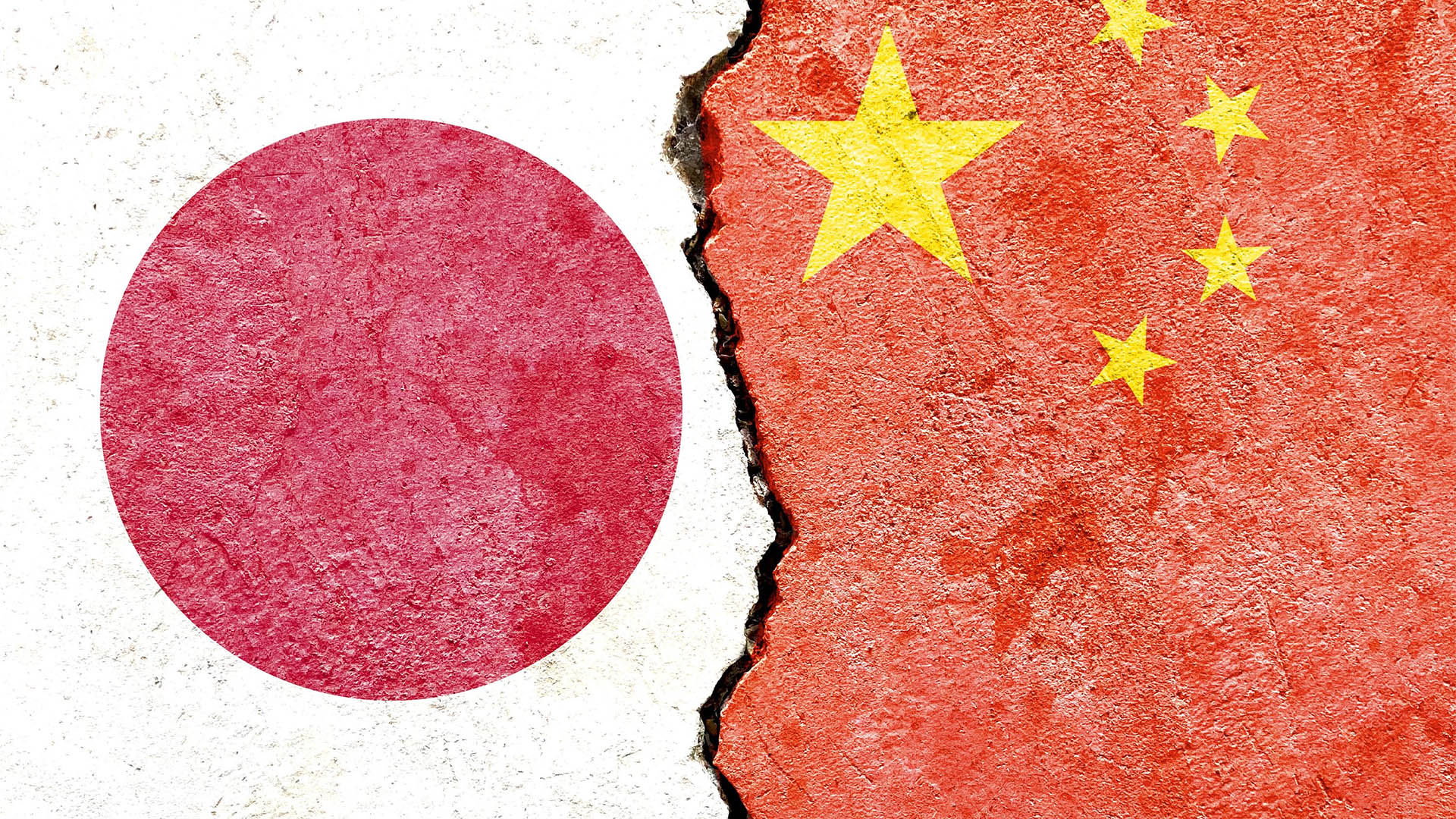A telling contrast from the central banks of Japan and China – one put rates up, one left them at record lows – decisions that reflected the economic realities of both economies.
The Bank of japan ended its negative rate regime and lifted rates for the first time in 17 years on Tuesday, and on Wednesday the People’s Bank of China left its key one and five year rates unchanged at all time lows.
The decisions came ahead of the US Federal Reserve decision on rates which reflected the continuing strength of the American economy while the Chinese central bank’s decision reflected a sort of fatalistic "we can’t do any more", not unlike the attitude that the Bank of Japan and successive governments had up to just over a decade ago when it started a series of extreme easings of monetary policy.
For more than 30 years the Japanese central bank and successive governments have been trying without success to reflate a flattened, deflation-riddled economy and have finally done so thanks to the recent surge in inflation, rising wages and growing confidence that the time was right to move from the negative interest rates to positive.
So the Bank of Japan lifted rates and scrapped its yield curve control policy. Why? Well, the central bank has wanted to breathe life back into the economy, and that’s what has happened in the past two years. Inflation is running at more than 2% (and possibly 3% in an update this week) and wages are rising at 3.5% to just over 4%.
The People's Bank of China kept lending rates unchanged at the March levels, as widely forecast.
The one-year loan prime rate (LPR), the benchmark for most corporate and household loans, was left at 3.45% while, the five-year rate, a reference for property mortgages, was maintained at 3.95% following the biggest-ever reduction of 25bps in February.
Both rates are at record lows, as the central bank seeks to spur an economic turnaround in the face of headwinds from the slumping property sector, weak demand, near-record lows for consumer confidence and slumping spending.
Wednesday's move came after the central bank last week left medium-term lending rates steady, and drained cash from the banking system for the first time since November 2022 due to worries that too much cash within the system might not flow into the real economy.
Last week, the PBoC also signalled there was room for further cuts of banks’ reserve ratios which were cut to no effect in January.














